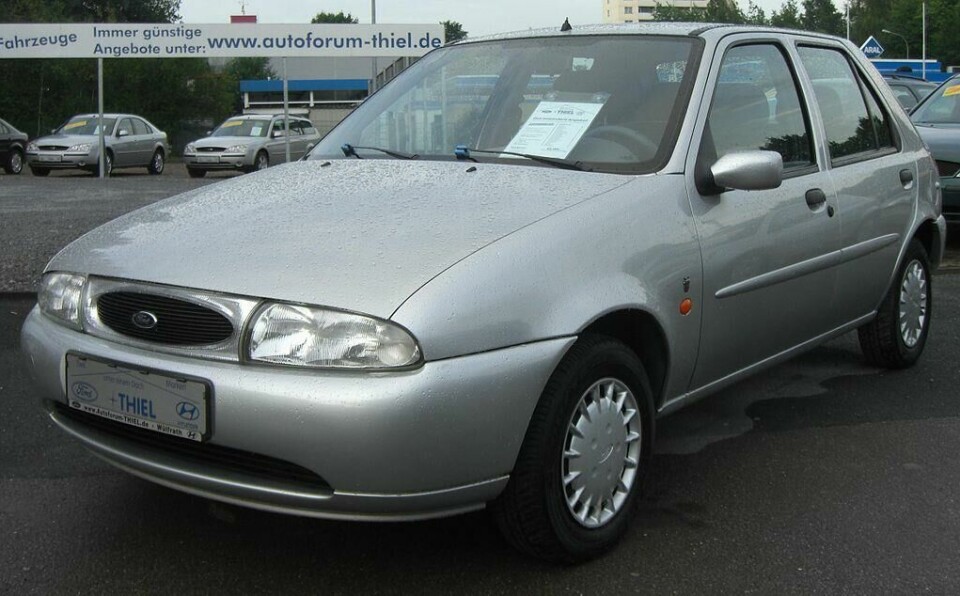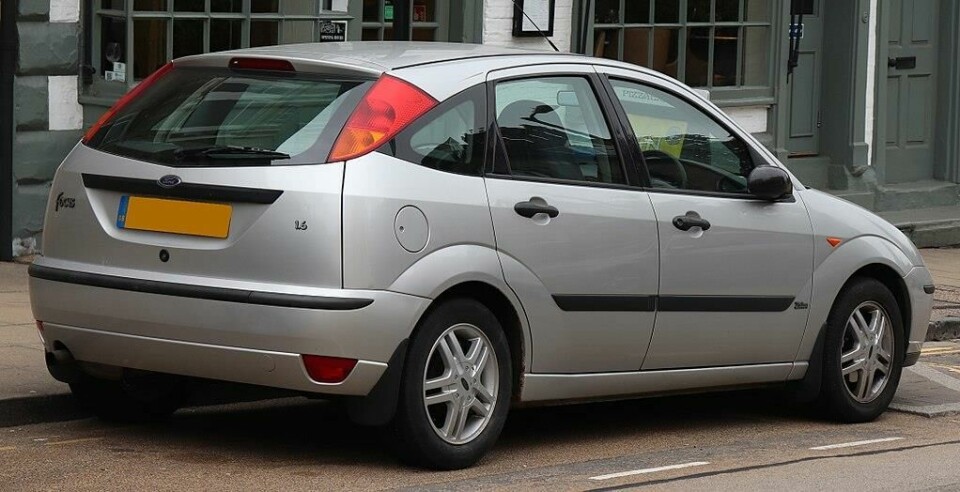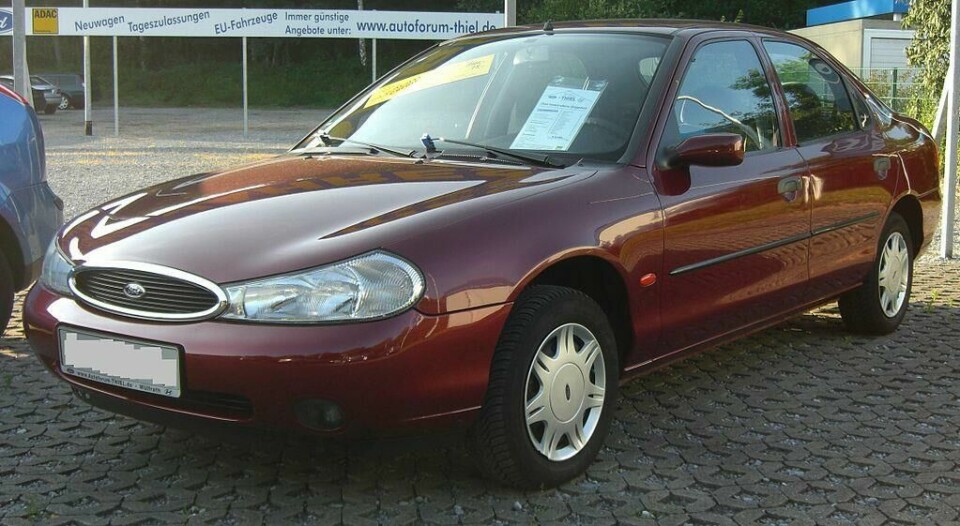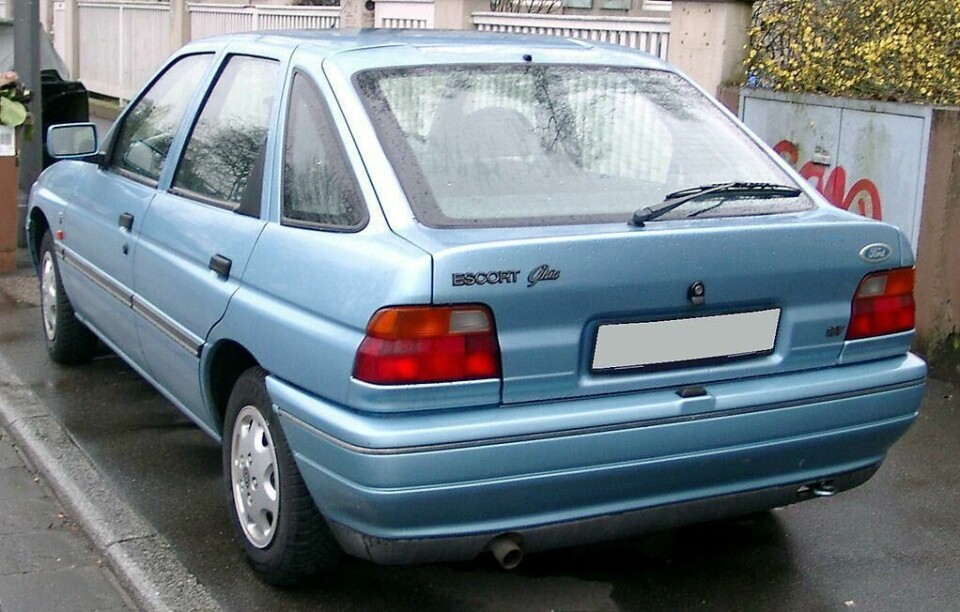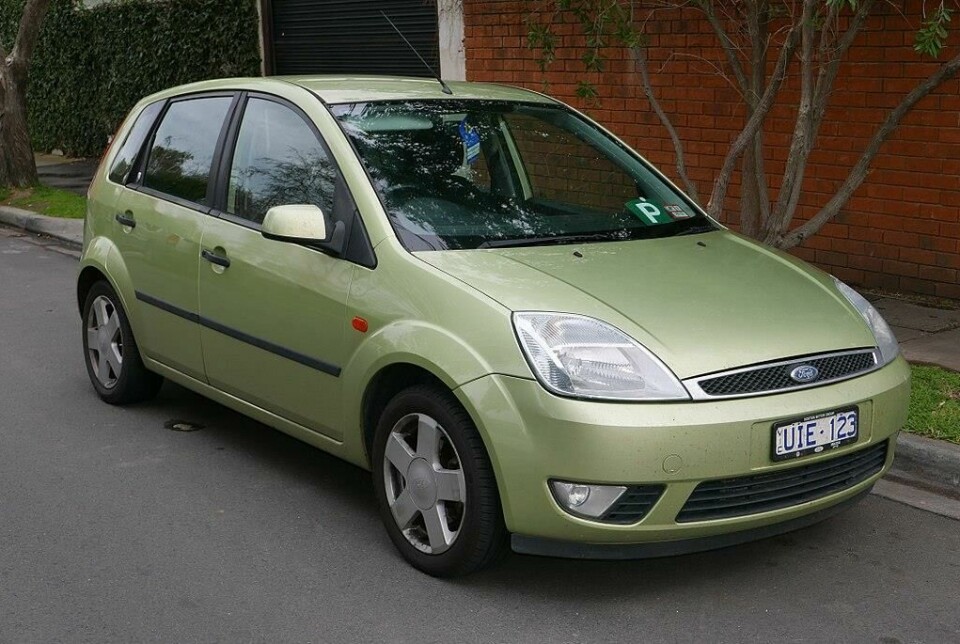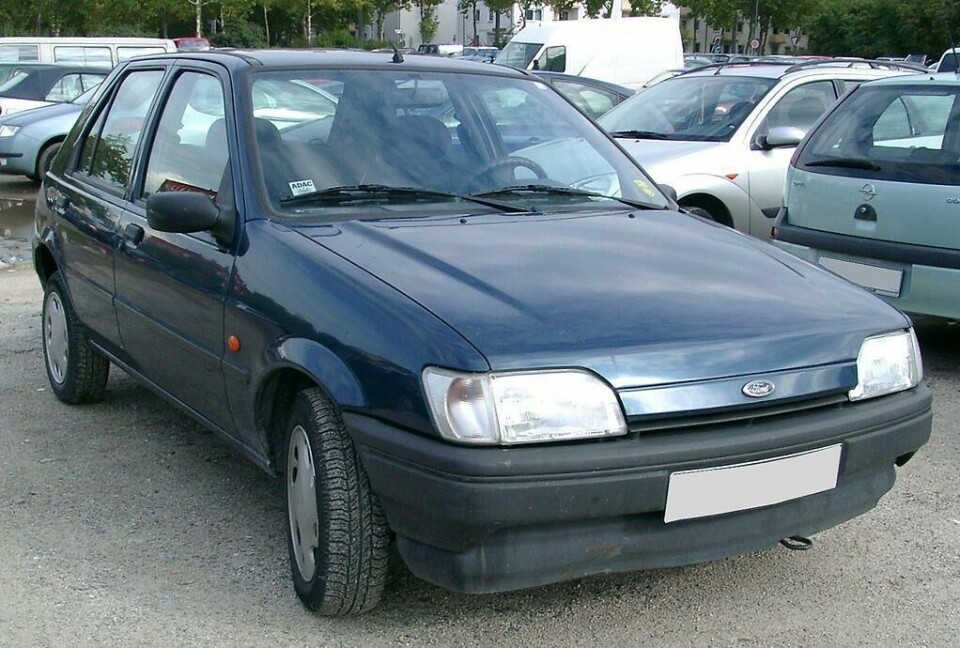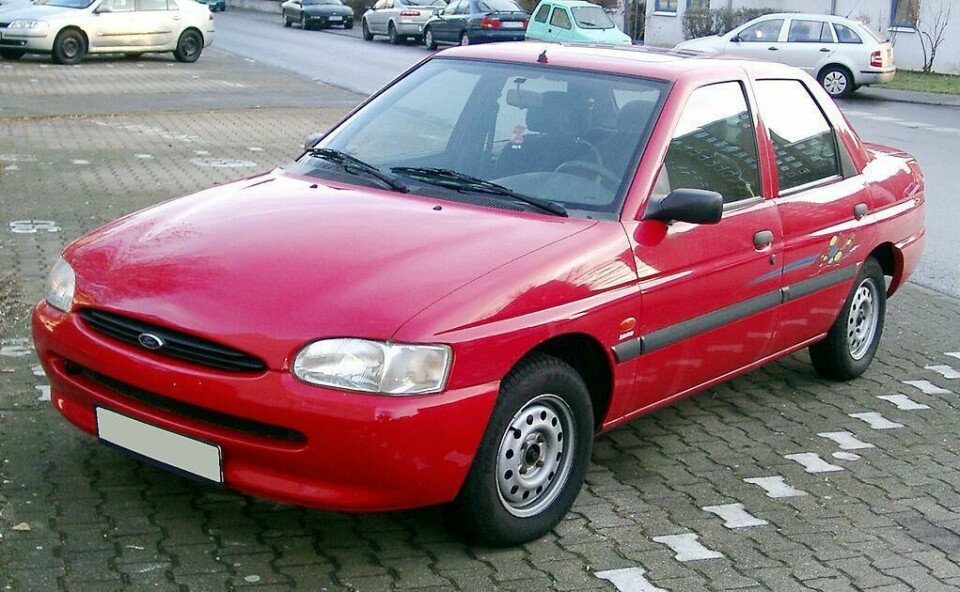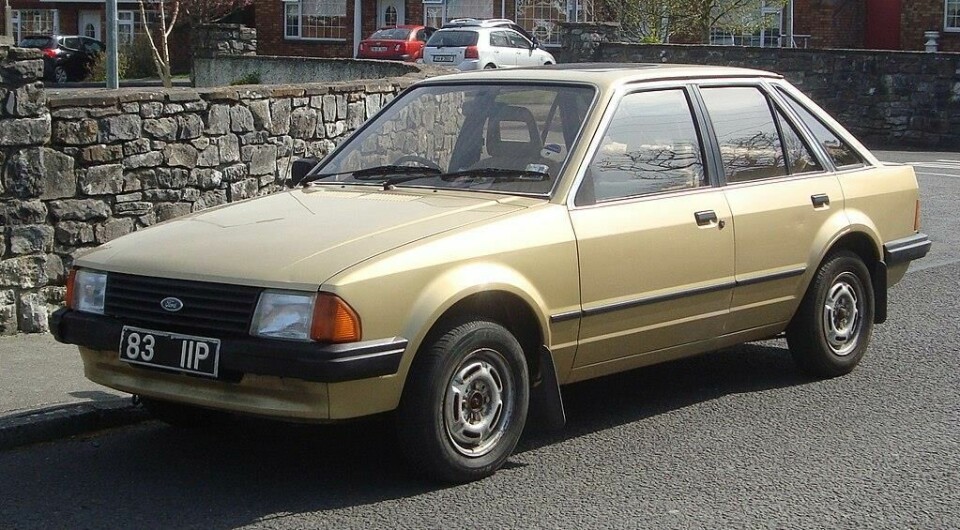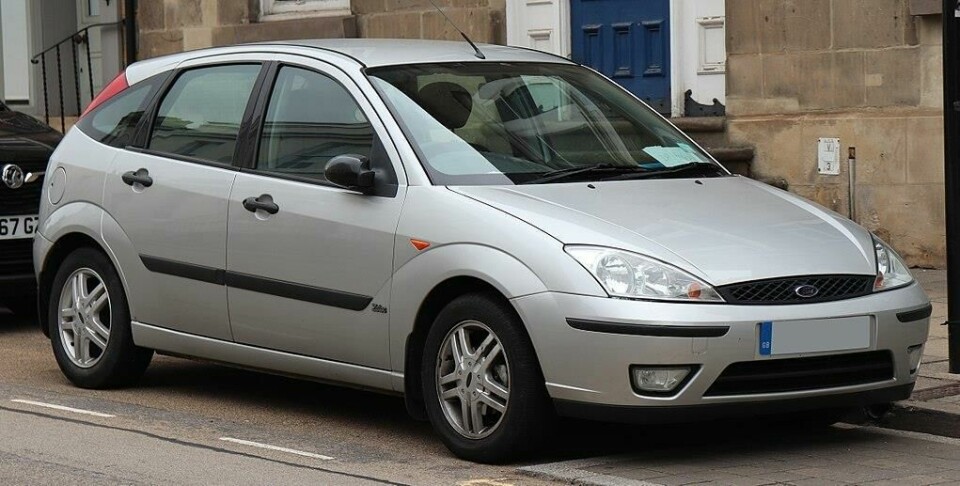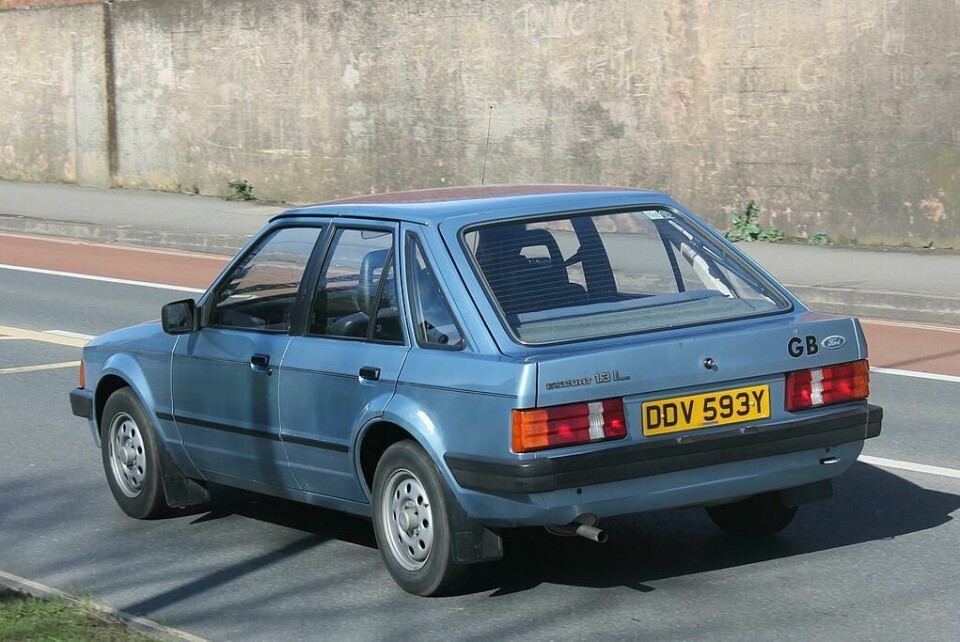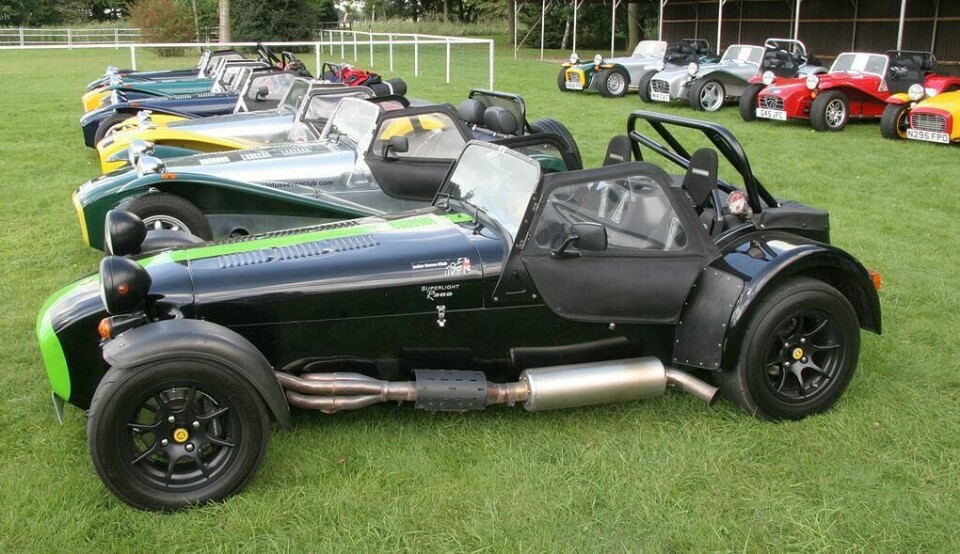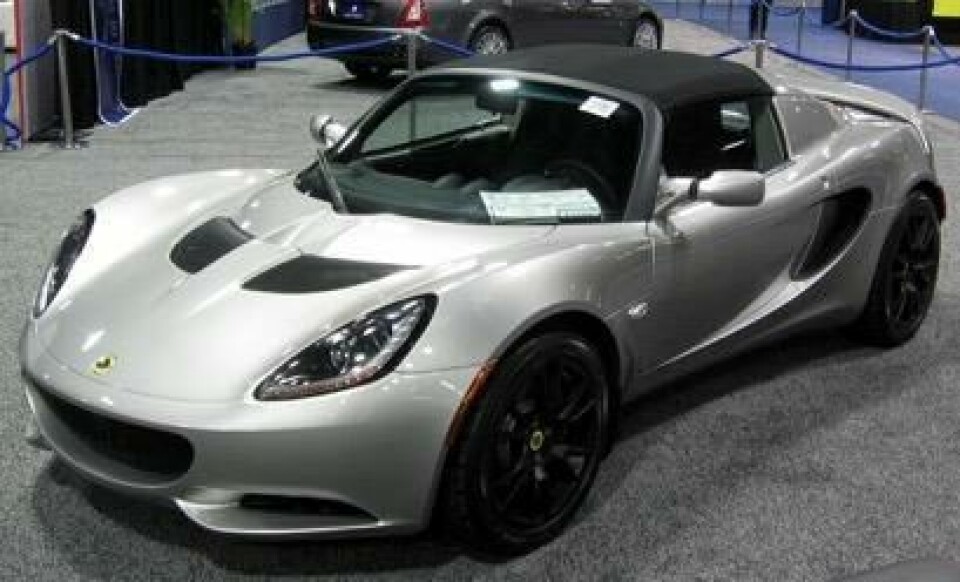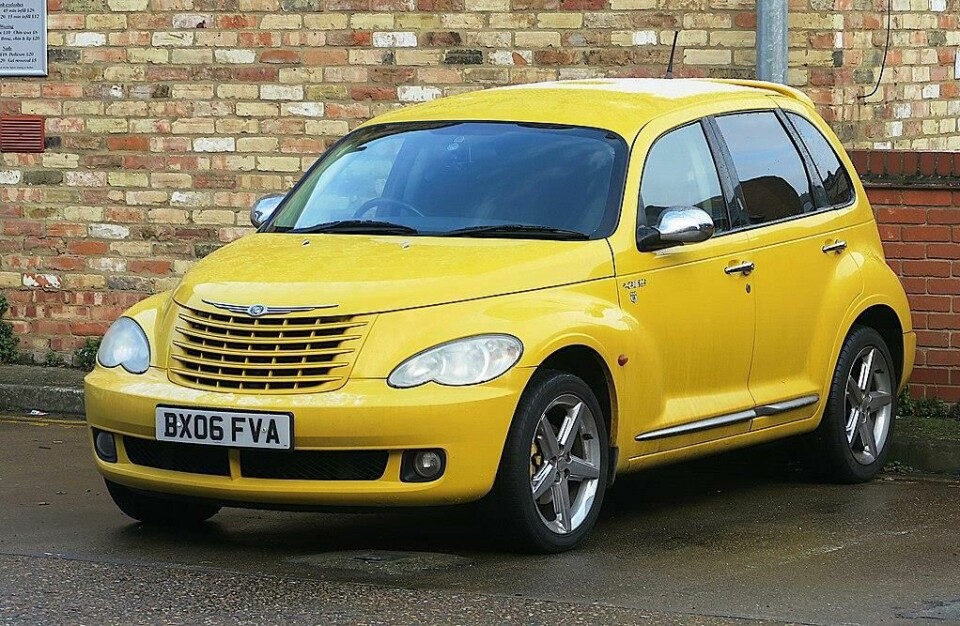
The Winds of Time: What Makes a Design ‘Dated’?
“I used to like it, but it seems so dated now…”
How often do we hear these sorts of dismissive words? Given the rate of technological progress over the last couple of centuries, it perhaps shouldn’t come as a surprise that newer is generally equated with better.
Except that, when we say something is ‘dated’, we don’t simply mean that it is old. The word itself has overwhelmingly negative connotations not conveyed by others such as ‘classic’, ‘retro’ or ‘vintage’. Few would refer to the music of The Beatles as ‘dated’, much less the Mona Lisa or Notre Dame cathedral. Despite being old in relative terms, these things still hold as much wonder and awe today as they ever did. They are, essentially, timeless.
By contrast, many relatively recent phenomena, such as fax machines, CRT televisions and mullets have (perhaps thankfully) been consigned to the dustbin of history. These are objects inescapably mired in the eras of their creation, overshadowed entirely by the new to the point of being laughable today, hence they are ‘dated’ in the truest sense of the word.
There are of course, multiple factors which can accelerate, or slow, the almost inevitable descent into obsolescence. Perhaps the most obvious being simply fashion itself. Those who play along too closely with current trends, or rather become slaves to them at the expense of their own identity, usually experience a rapid fall from grace.
Ford is a particular offender here, its products (with some notable exceptions) tend to age like milk, since each generation marks a complete step change from the last. Fords were unashamedly boxy in the 80s, blobby in the 90s and ‘New-Edgy’ in the 00s. Beyond the blue oval itself, there is nothing to link most older Fords to the present day, nor even to each other.
A third-generation Volkswagen Golf for example, appears less dated today (at least aesthetically) than a contemporary Escort, Fiesta or Mondeo, since its relatively conservative design made fewer concessions to ovoid 1990s fashions, sticking instead to a tried and tested family look which continues to this day. If you wish to delay the ageing process, evolution beats revolution.
Nonetheless, almost all styling themes will eventually succumb to changing fashions. Hence the most timeless designs, such as Honda’s exquisite S2000 - launched in 1999, have tended toward an absolute bare minimum of visual embellishment, instead relying upon finely tuned proportions to create visual impact. While styling trends are ephemeral, attractive proportions hold indefinite appeal.
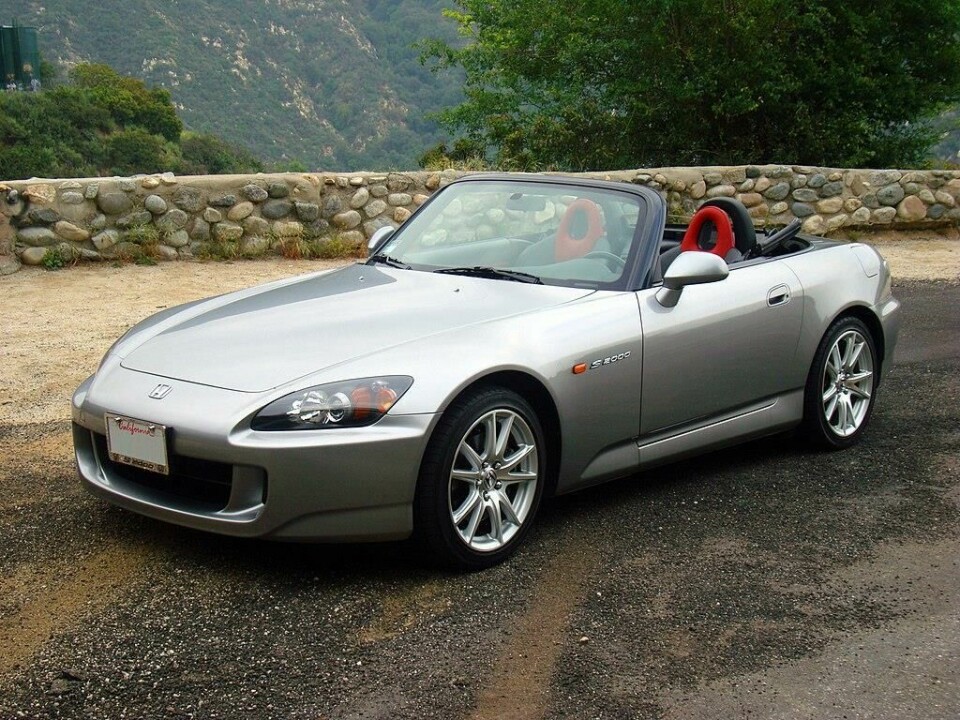
Furthermore, keeping things simple conceptually, as well as visually, seems another way in which to ride-out the passing years. Just as cockroaches and earthworms will likely outlast humanity, simple cars tend to remain relevant for longer than complex ones.
Ariel’s Atom (2000), Lotus’ Elise (1996) and the Lotus/Caterham Seven (1957) all demonstrate extraordinary endurance, while many a basic ‘people’s car’ (Beetle, 2CV, Panda, etc.) and utilitarian off-roader (Defender, Jimny, et al.) has reached a grand old age.
By contrast, those over-reliant on tech’s-appeal often lose their lustre very quickly indeed, the shocking residual values of many a ‘fully-loaded’ luxo-barge being testament to this. As we all know, yesterday’s tech wonder is usually today’s landfill.
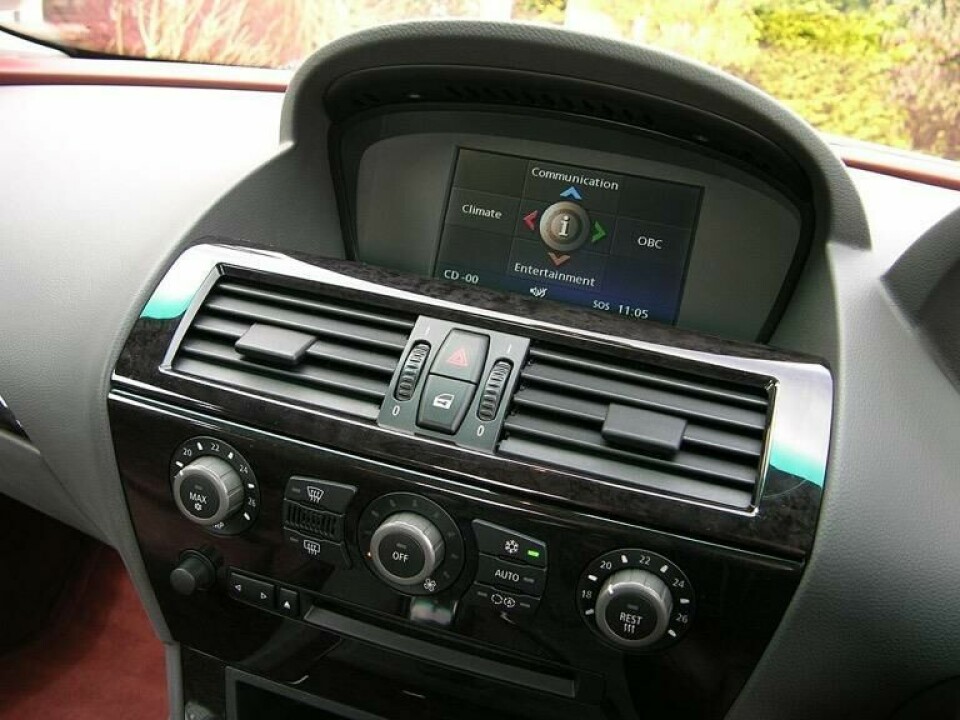
In the luxury arena, it appears traditional craftsmanship, refinement and material quality, rather than gadgetry, are key to long-lasting appeal. Rolls-Royce’s 2003 Phantom has aged like fine wine, while Bugatti’s current Chiron consciously eschews prominent tech in a bid to safeguard its long-term appeal.
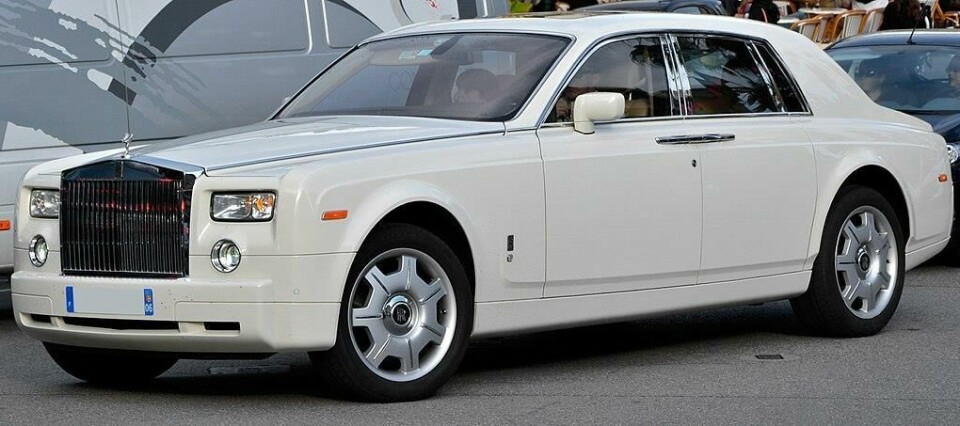
But if you can be neither simple nor lovingly-crafted, at least don’t be a fraud. Imposters are rarely in it for the long-run, since time inevitably dulls the seductive sheen of ‘newness’ and marketing hype, throwing the more meaningful qualities of a design into much sharper relief. Chrysler’s PT Cruiser is a prime example. A sheep in wolf’s clothing if ever there was one, the world quickly saw through the try-hard veneer of badass hotrod to the mediocre midi-MPV lurking underneath, meaning that the car’s fleeting success soon gave way to lasting ignominy.
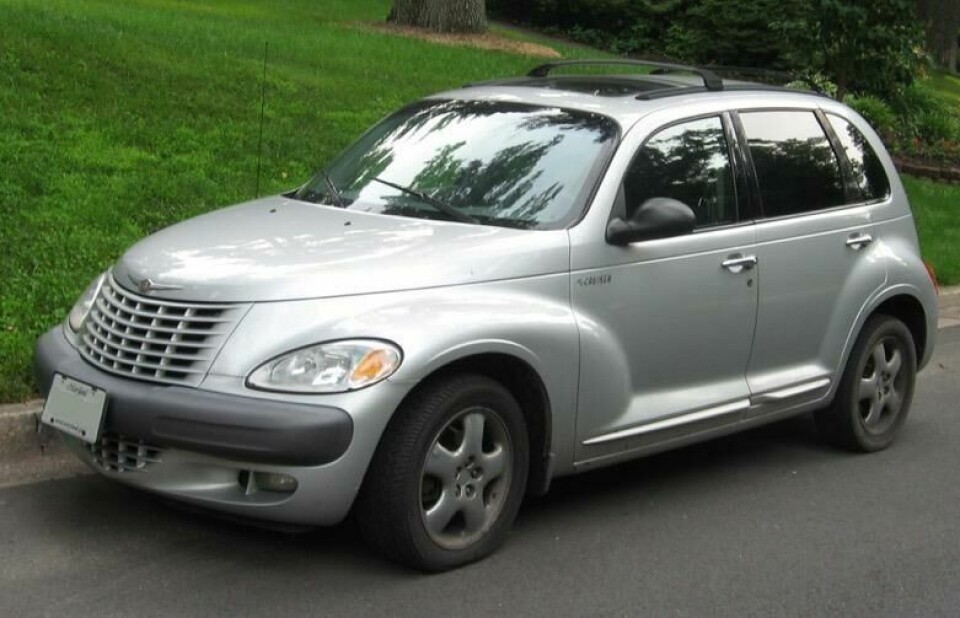
In stark contrast, the PT’s onetime stablemate, the painfully authentic Jeep Wrangler, remains every bit as significant today as it ever was despite being able to trace its origins back a lifetime to World War Two. The Wrangler isn’t sophisticated or luxurious, but then it never pretended to be, its honest, rugged nature is simply part of the charm.
Which brings us neatly on to the final factor here, namely, emotional appeal. Clearly it’s harder to dismiss or dispose of things which tug at our heartstrings, as opposed to those which play an exclusively functional role. Few would shed a tear for an old washing machine or printer - providing the replacement item were functionally equal or superior - but a favourite childhood toy or family heirloom? A different matter entirely.
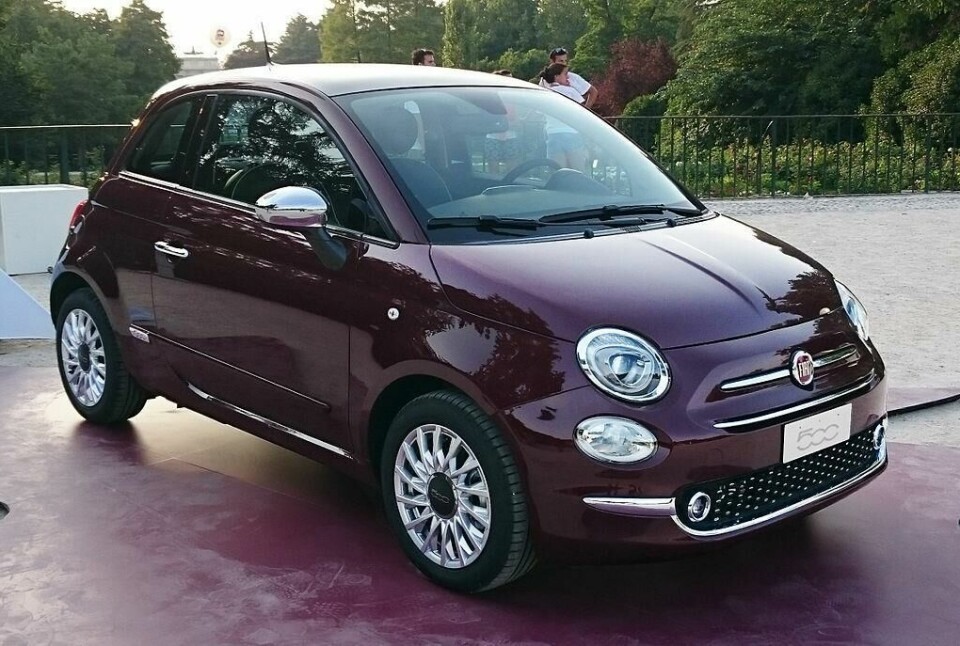
Fiat’s 500 still sells by the bucketload despite having barely changed since 2007 - an eon by normal standards. The diminutive Italian may be not necessarily be the logical choice, but it certainly has a charm no competitor can hope to emulate. Likewise, Aston Martin’s DB9 was still able to seduce with its sensuous curves until long past its sell-by-date, while Mercedes’ outrageous G-Class retained enough popularity to warrant the development of a successor decades after the 1979 original.
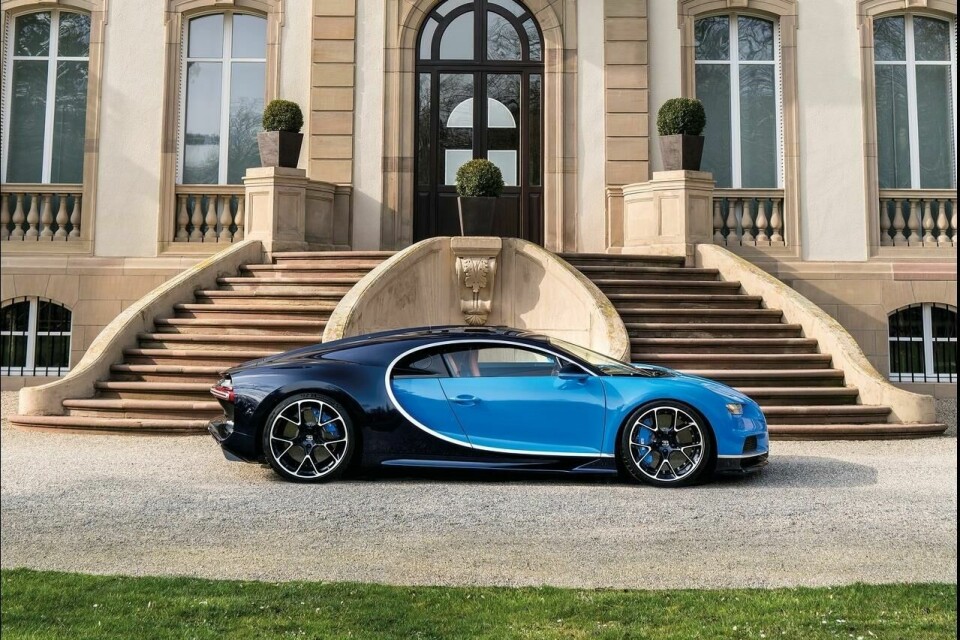
But need absolute timelessness always be the goal? Longevity can be a double-edged sword. Few level-headed consumers would wish to splash out on a shiny new car only to find it looking or feeling antiquated in the blink of an eye, then again, commercial realities dictate that demand for the next new thing must be kept alive at all costs.
What’s more, fads, fashions and flops can provide some much-needed entertainment and light relief in an often hard-nosed business, they may be dated today, but the automotive world would be a duller place without Hummer H2s, Isuzu VehiCrosses and Bond Bugs.
Ultimately, designers must balance ingredients carefully to create an ideal recipe. Do the job ‘too well’ and you create an ‘ageless’ product with little room for further evolution - a major headache come replacement time, get too carried away in the moment and you risk becoming a laughing-stock a few years down the line.
While one imagines most conscientious designers would instinctively gravitate toward the former option, they can perhaps be forgiven for veering off-piste once in while. After all, time always wins out eventually.
A video from VW which clearly shows the thoughtful design evolution of the Golf:
